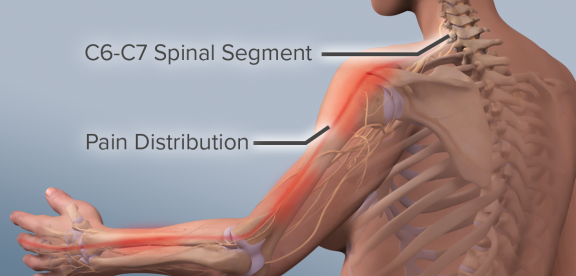
Later, several other entities were identified and labeled with terms relevant to their location, pathology, or trigger. Subsequently, two other entities were reported: serogenic neuropathy and vaccinogenic neuropathy, relating to their presumed triggers. In the mid-1800, two separate disorders, serratus magnus paralysis and post-infectious paralysis, were initially described, indicating the muscle involved (serratus anterior) and that the syndrome followed an infection. In addition, a thorough differential diagnosis should be employed. Factors including the baseline characteristics of the patients, evolution, and treatments should be consistently assessed across studies. Future studies should aim for a comprehensive assessment of patients. Also, there is a need for a standardized approach to investigation and reporting on PTS. The present systematic review highlights the necessity of having a high index of suspicion of PTS in patients with previous SARS-CoV-2 infection, as the clinical manifestations can be variable. Paresthesia was noted in 46.2% of PTS individuals and a sensory loss was reported in 34.6% of patients. Among them, 93.8% of patients had severe pain, 80.8% were reported to present a motor deficit, and 53.8% of patients presented muscle wasting. The clinical and paraclinical spectrum was heterogeneous, ranging from classical PTS to pure sensory neuropathy, extended neuropathy, spinal accessory nerve involvement, and diaphragmatic palsy. We found 26 cases of PTS in patients with previous SARS-CoV-2 infection.

We systematically reviewed two databases (LitCOVID and the World Health Organization database on COVID-19) to January 2023. In addition, we aimed to highlight research gaps requiring further attention. We aimed to investigate data on PTS triggered by SARS-CoV-2 infection to provide an extensive perspective on this pathology and to reveal what other, more specific, research questions can be further addressed. Recently, PTS was reported following the severe acute respiratory syndrome coronavirus 2 (SARS-CoV-2) infection.

Hypothesized underlying causes focus on immune-mediated processes, as more than half of patients present some antecedent event or possible predisposing condition, such as infection, vaccination, exercise, or surgery. Parsonage-Turner syndrome (PTS) is an inflammatory disorder of the brachial plexus.


 0 kommentar(er)
0 kommentar(er)
